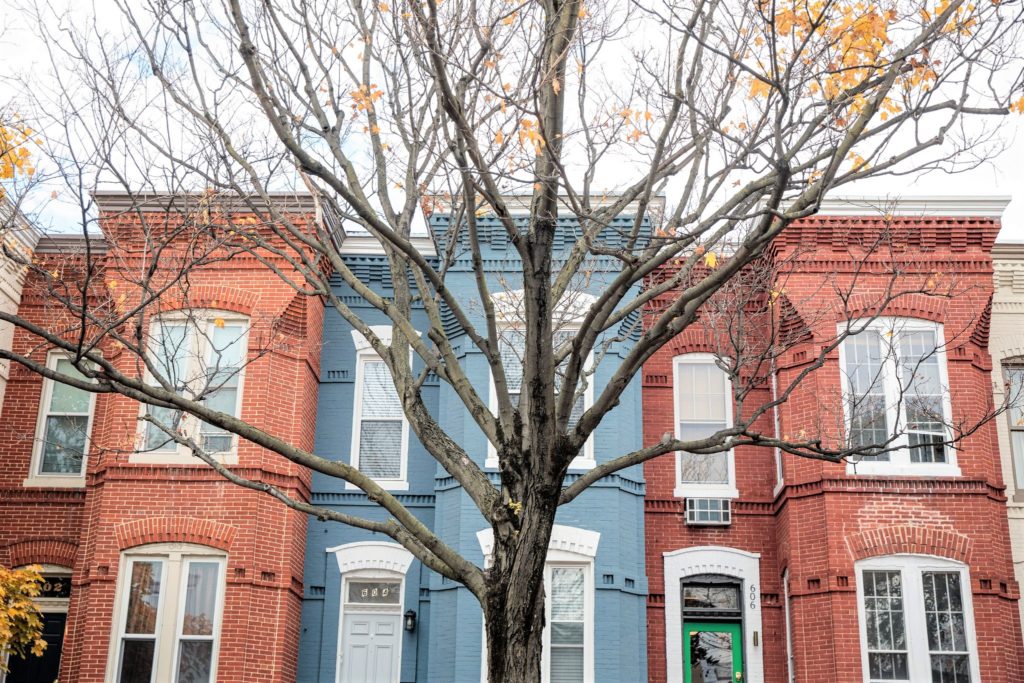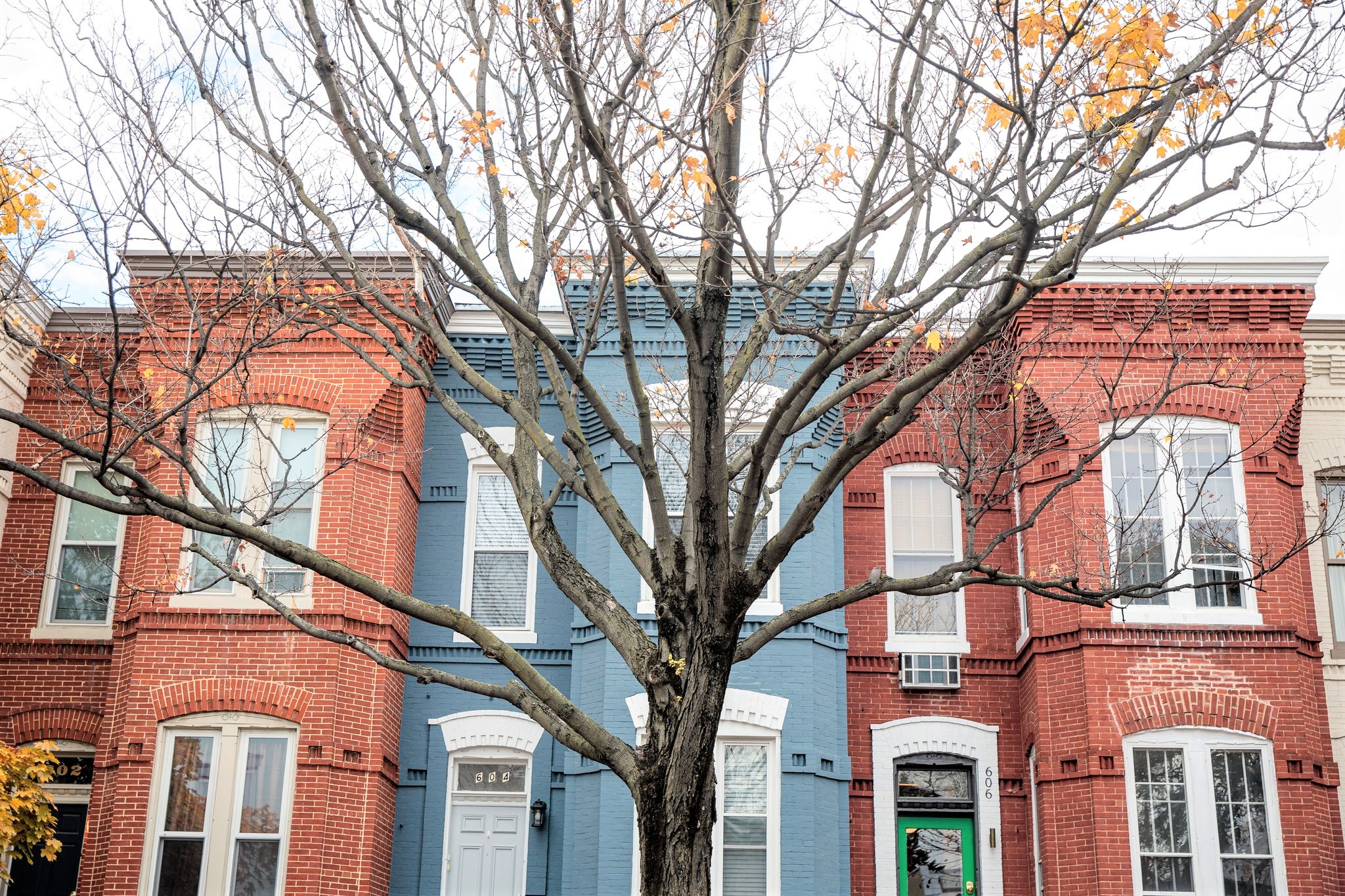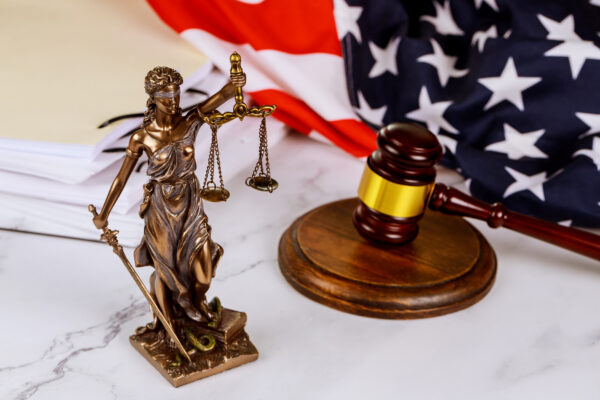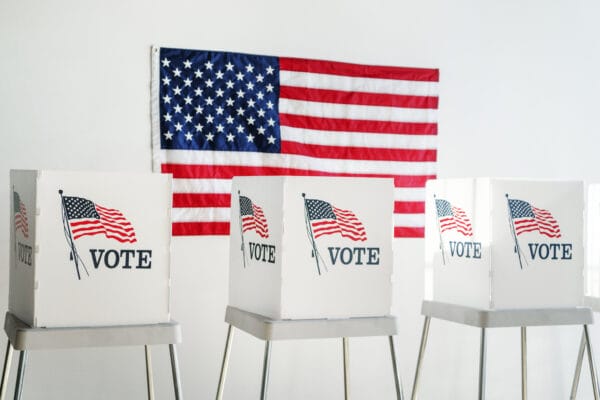
The madness of prohibiting solar panels on the rooftops of historic buildings illustrates how preservation culture has run amok.
By Binyamin Appelbaum | The New York Times
I live in a historic neighborhood in the heart of Washington, D.C. It’s not historic in the sense that anything especially important happened here — certainly not in the modest rowhouses that make up the bulk of the neighborhood. What “historic” means, here and in cities across the country, is that this is a neighborhood where buildings are not supposed to change.
The law says window frames on Capitol Hill must be wooden, or something that looks very much like wood. If a front door has two parts and opens down the middle, it cannot be replaced by a single door that swings open from the side. If the house was built two stories tall, it must remain two stories tall — unless the addition can’t be seen from the street.
Humans don’t like change, so it’s not surprising that historic preservation laws have become quite popular. There are now more than 2,300 local historic districts across the United States, and I know many people who would like to have their own neighborhood frozen in time.
(Subscriber content)












